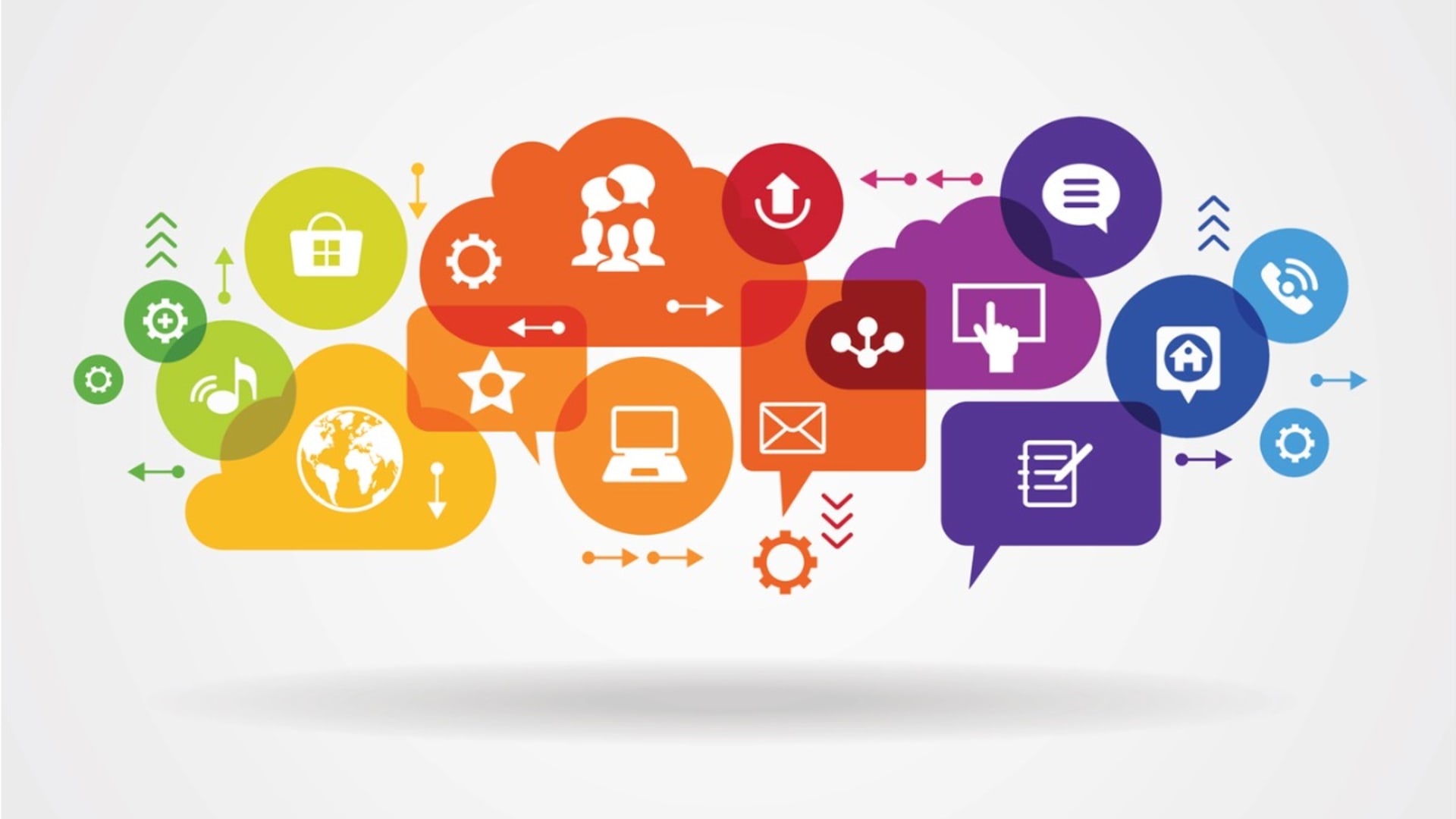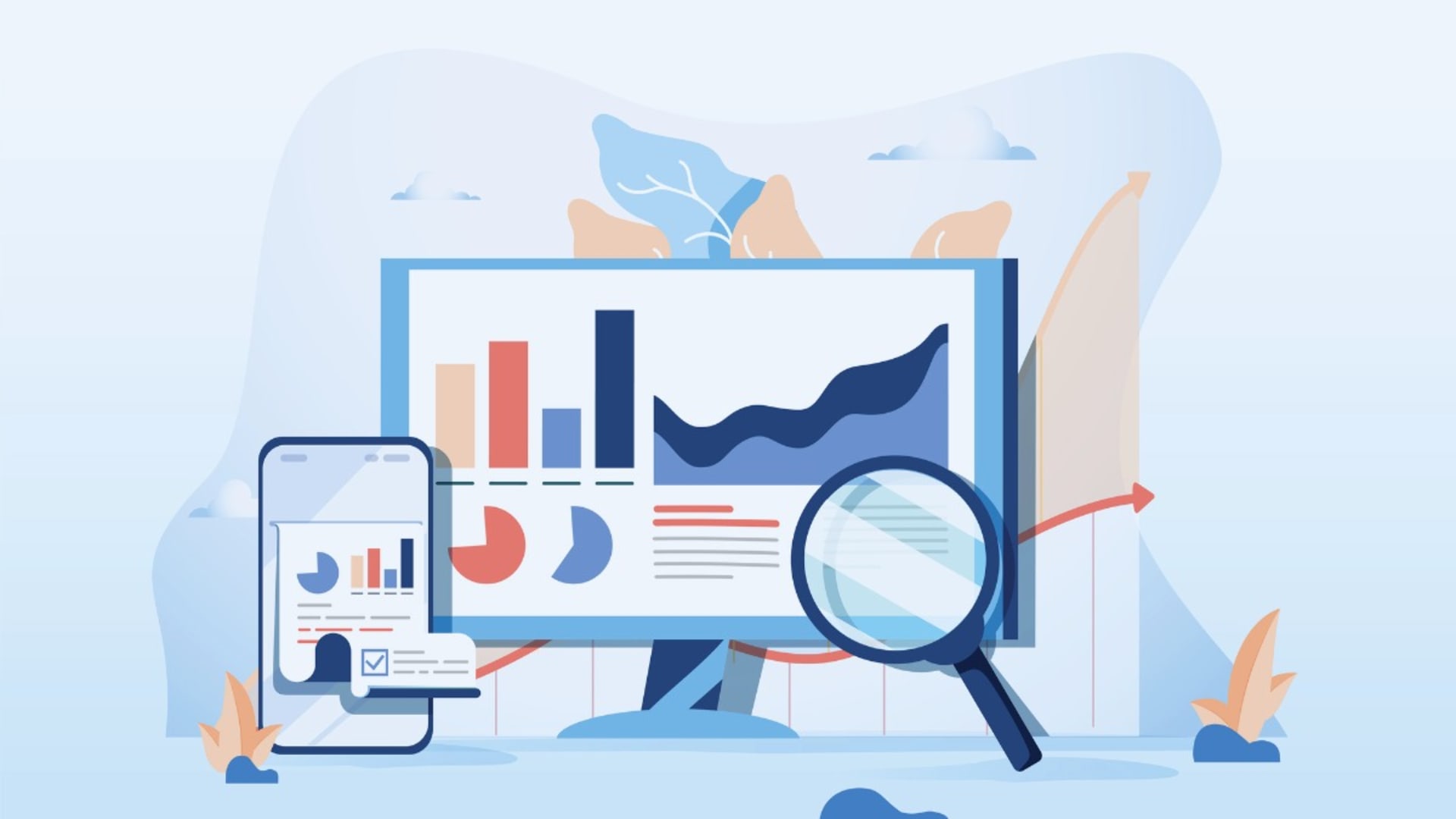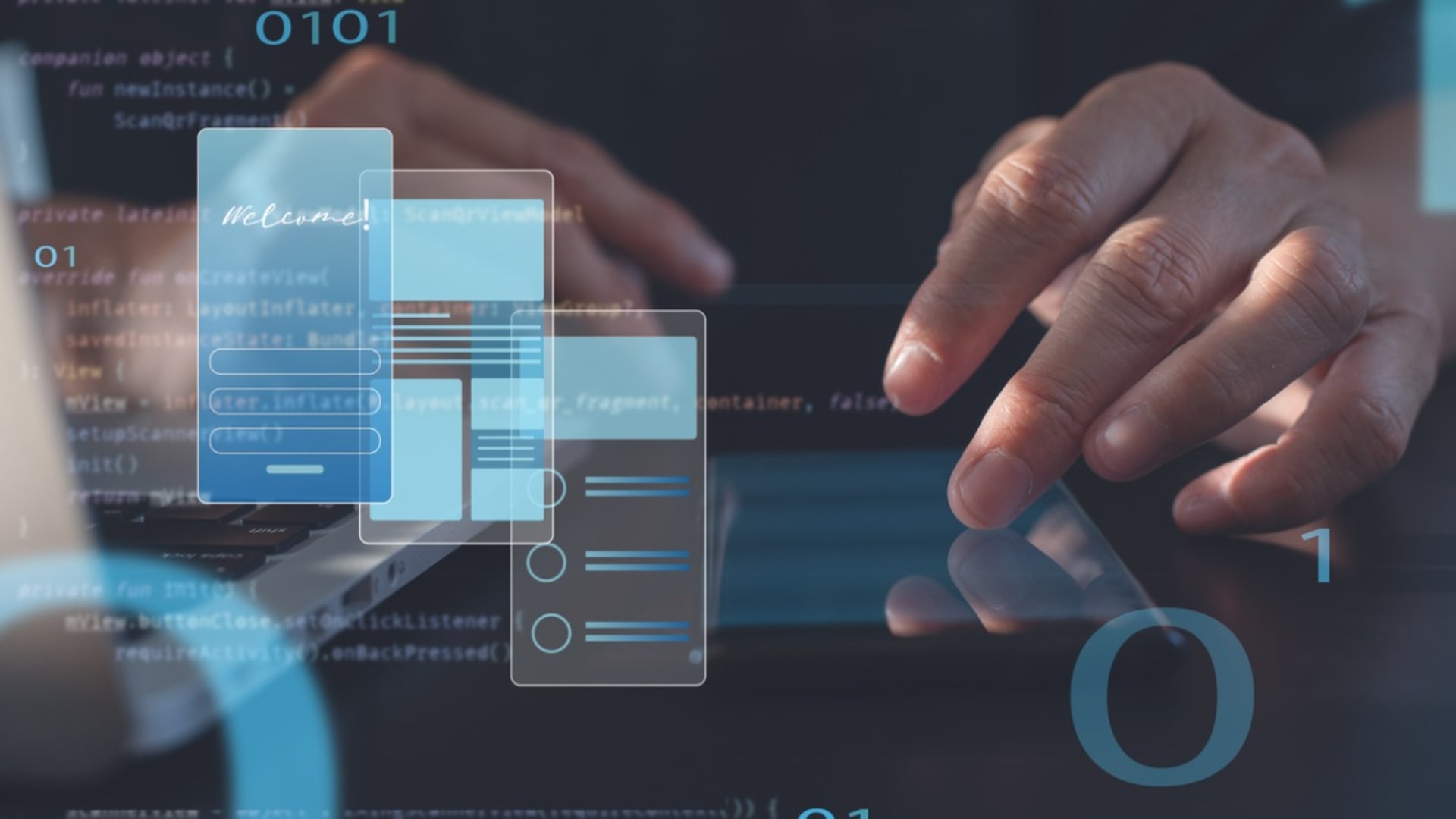Companies across the world do everything in their capacity to learn about their customers, their purchasing preferences, patterns, and upcoming purchasing trends.
With this information, they can efficiently optimize their business strategies and set their companies up for unprecedented success. The Internet of Behavior (IoB) helps them achieve precisely that—the ability to understand human behavior and behavioral patterns for profit.
The Internet of Behavior has become so important that it’s expected to grow 23.6 percent from 2023 to 2030? The technology is currently valued at $369.25 billion USD.
First described by Professor Göte Nyman from the University of Helsinki in 2012, the Internet of Behavior is an application of IoT extended to make the most of behavioral science and data analytics. Therefore, it is crucial that we get acquainted with the impact of IoB technology on all types of industries.
What is the Internet of Behavior?
The Internet of Behavior is a system built on the Internet, sensors, and processors. It was developed to process data collected through nodal devices to influence human behavior.
The IoB can also be defined as a concept that functions cohesively when data analysis, behavioral analysis, technology, and human psychology work together.
One may even argue that IoB is a natural extension of the IoT because it collects data that can be processed, analyzed, and finally applied to helps people make informed business decisions. In other words, performance-based IoT applications are often IoB-enabled.
Components of Internet of Behavior
- Data Collection: An IoB system functions on data. To collect behavioral data, the system needs access to nodal devices or networks such as IoT devices, social media networks, location tracking services, biometric devices, and more. Some of the data collected are:
- Metadata
- Purchasing and spending habits
- Biometric data
- Sales and customer support interactions
- Social media networking interactions
- Location and location-specific actions
- Internet of Things data
- Data Analysis: Once the data is collected, it moves through advanced analytics programs and data interpretation models driven by artificial intelligence and machine learning algorithms. The data is processed and analyzed to deliver insights on human behavior.
- Behavioral Intervention: Businesses can understand the changing customer behavior patterns and decipher the reasoning behind customers’ decisions. Moreover, the analysis can be used to develop in-depth user profiles and better customer experience strategies and realize greater profits.
Applications of the Internet of Behavior
To help you better understand real-life applications of Internet of Behavior systems, we’ve rounded up some of the most recent and noteworthy implementations of the technology.
Marketing and Customer Behavior Analysis
- Personalized Marketing: Modern-day businesses rely on personalization to develop better marketing strategies. With the IoB, businesses can achieve command over the changing customer behavior patterns and use consumer data related to their buying habits, preferences, and dislikes to come up with personalized marketing campaigns, products, services, and content.
- Predictive Analysis: With the IoB, companies can stay ahead of upcoming trends and enhance product and marketing strategies because it enables predictive analysis. IoB-powered predictive analysis can help businesses boost efficiency and productivity by automating mundane tasks and identifying not-so-apparent patterns in customer behaviors.
For instance, eCommerce companies like Amazon use predictive analytics by collecting information such as purchasing history, browsing history, average sessions, and more to recommend the right products at the right time.
- Customer Retention: IoB models can strategically track customer satisfaction and allow businesses to identify changing satisfaction levels. Because it helps with predictive analysis, companies can use IoB to identify CX-related issues early and reduce churn rate.
Healthcare and Lifestyle Management
- Patient Monitoring: The IoB has revolutionized healthcare by successfully implementing the concept of remote patient monitoring. Now, healthcare providers can closely monitor a patient’s recovery using smart devices that track key health parameters. Not only that, but they can also collect information related to medication adherence, lifestyle choices, and other factors contributing to a person’s health.
- Preventive Care: Prevention is better than cure. Thanks to the IoB, people and healthcare providers can easily tap into the data collected through smart devices, such as Apple Watch to track certain health-related vulnerabilities or risks and suggest preventative measures.
- Mental Health: IoB systems can be programmed to track a patient’s sleep patterns, physical activities, stress levels, and recurring mental health patterns in order to provide personalized mental health interventions. With the IoB, therapists can now rely on data to devise successful treatment plans customized to changing needs.
Smart Cities and Urban Development
- Traffic Management: With a slew of heat, moisture, and motion-sensitive sensors installed at key locations, the traffic department can monitor weather-related data and traffic congestion. It can use real-time data feeds to create diversions and regulate traffic light intensity for effective traffic signal management.
- Waste Management: The IoB enables smart waste management via ultrasonic, proximity-based, and weight-detecting RFID sensors installed in garbage bins can help waste management teams assess levels and determine whether or not truck drivers (equipped with RFID readers and GPS) should stop to collect waste. This allows for real-time and optimized rerouting of trucks which can help reduce operational inefficiencies in trash collection.
- Public Safety: The IoB gives authorities an edge over criminals because sensors and surveillance cameras (IoT devices) installed in public places can collect data to provide them with real-time monitoring. The IoB system can be integrated with alarm systems to improve authorities’ ability to identify potential threats and emergency response.
Industrial Applications and Manufacturing
- Workplace Safety: Many industries, especially manufacturing, benefit from IoB applications because the technology helps uphold workplace safety by consistently monitoring machine activity and employee behaviors. This helps them identify unsafe practices and notify workers about potential mishaps. Following the patterns, teams can take timely action and inform workplace safety training.
- Quality Control: Quality checks can be improved with the help of sensors that track factors leading to the manufacturing of bad products. Businesses can rely on the IoB and monitor patterns of QC failure over a period of time, enabling them to take necessary action to improve business operations. Moreover, they can track employees’ performance to identify areas in need of improvement.
- Supply Chain Management: Businesses can significantly reduce operational costs and the overall cost of manufacturing a product by using the IoB to optimize supply chain management. Every supplier and transporter in the supply chain can be monitored, and their performance and behavior tracked, to introduce more efficiency into the process.
Education
- Personalized Learning: Online learning has opened gateways to personalized learning as educational tech companies push to use the IoB in order to learn about students’ and teachers’ behaviors. The companies collect and analyze the data to come up with a more personalized learning platform. Not only that, but the analysis can help customize educational content accordingly.
- Student Engagement: Schools and educational tech companies can track the changes in students’ attention levels using IoB tools. This can be done either by installing face recognition sensors inside physical classrooms or collecting data through front-facing cameras on laptops, tablets, and smartphones. These applications can help educational institutions develop adaptable teaching methods to boost student engagement.
- Attendance and Performance Tracking: Students’ attendance is closely linked to their performance at school. An IoB system that collects biometric data can help track students’ attendance patterns at educational institutions. The pattern can be matched with students’ performance over a period, which can help institutions identify at-risk students and extend additional support.
Benefits of Internet of Behaviors
Now that we are well-acquainted with the IoB, let’s look at how the technology benefits both private and public organizations.
#1 Enhanced Decision-Making in Businesses
- Data-Driven Strategies: Modern-day businesses run on information, which requires harnessing an overwhelming amount of data across business operations. With the IoB, businesses can analyze their operations to develop reliable data-driven strategies. The IoB allows them to come up with sharper insights leading to highly informed decision making.
- Predictive Capabilities: Changing customer behavior is a reliable clue for businesses to change their strategies, especially in marketing. The IoB’s predictive analysis helps companies track customer behavior patterns and come up with insights, allowing them to tailor their strategies proactively and gain a competitive edge.
#2 Personalized Public Services
The IoB has the potential to redefine public service delivery by allowing governments to design services tailored to the needs and preferences of their citizens.
- Healthcare Customization: Government and private healthcare stations can be looped in to form a reservoir containing all the data for an IoB system that helps fuel more effective public health campaigns based on a community’s changing needs. Customized healthcare is an opportunity for the government to invest its medical resources intelligently and effectively.
- Public Transport Optimization: Motion-sensing, heat-seeking, and moisture-tracking sensors placed strategically across a town can help shed light on commuter patterns. The data collected can be processed through an IoB system to help regulate traffic signals in a way that creates optimal diversions and a smoother transit experience.
#3 Influence on Policy-making in Governments
- Data-Driven Policies: Policy-making takes a huge toll if not backed by adequate data. The Internet of Behavior allows governments to double down on behavioral insights when drafting public welfare policies. This data-driven approach to policy-making helps governments meet citizens’ actual needs and preferences.
- Responsive Governance: Real-time behavioral data can assist governments in identifying immediate concerns and adjusting policies accordingly. For instance, if IoB data suggests an uptick in online gambling behaviors, governments might consider revisiting gambling regulations or launching awareness campaigns.
#4 Community Planning and Development
- Urban Planning: City planners can use IoB data to understand how residents move about, where they congregate, and their daily routines. These insights can help shape the development of parks, recreational areas, and public spaces.
- Resource Allocation: Understanding community behaviors can assist local authorities in determining where resources are most needed. Whether it’s a new school in an area with young families or more green spaces in active communities, the IoB can guide these decisions.
#5 Environmental Benefits
- Sustainable Living Insights: By tracking consumption patterns—whether it’s water, electricity, or gas—local governments can create awareness campaigns promoting sustainable practices tailored to specific community behaviors.
- Waste Reduction: IoB can provide insights into household waste patterns, leading to more effective recycling campaigns or waste reduction initiatives.
#6 Crime Prevention and Public Safety
- Predictive Policing: Law enforcement can use IoB data to anticipate where crime might occur based on historical data and real-time insights.
- Emergency Response: Analyzing behavioral patterns during emergencies can help streamline evacuation processes and improve the overall emergency response mechanism.
#7 Cultural and Recreational Advancements
- Cultural Engagement: Local governments can understand residents’ cultural and recreational preferences, leading to more tailored community events, festivals, and activities.
- Tourism Boost: By understanding the behaviors and preferences of visitors, tourism departments can offer personalized experiences, boosting local tourism.
Challenges and Concerns
IoB applications come with their own set of risks and challenges. Here are the obstacles IoB-driven systems need to overcome.
Privacy and Security
- Privacy Invasion: Privacy is a major challenge when deploying IoB-driven strategies. Installing data collection units such as sensors, cameras, and biometric devices, or extracting social media data can be perceived as an invasion of privacy.
- Data Security: The IoB can access sensitive data (delivery routes, banking codes, and other confidential information), which comes with a huge security risk. Data breaches and security lapses can immediately put the institutions that are collecting data in legal trouble.
Ethical Considerations
- Behavior Manipulation: Customers value authentic digital marketing and despise being manipulated. With IoB applications focusing on tracking users’ online activities to optimize their search experience optimization and predict user behavior, there’s a risk of distorting the essence of their genuine search experience optimization.
It’s paramount to set distinct boundaries for organizations using IoB applications to ensure they don’t manipulate their audiences into making specific buying decisions.
- Consent and Transparency: As IoB technologies aim to harness usage data and improve search experience optimization, companies need to explicitly inform the individuals they want to track. Offering a list of parameters and attributes to be tracked and collecting data only after obtaining clear consent is essential.
Moreover, organizations should be fully transparent about how they will utilize the collected data in their digital marketing strategies and other applications.
Regulatory Compliance
- Complex Regulations: All technologies, especially those that involve the granular tracking of users’ online activities, must adhere to strict data privacy regulations. These regulations differ globally, compelling companies to align their IoB systems and devices to ensure full compliance and shape their operations in line with regional guidelines.
- Enforcement Difficulties: IoT devices, integral to enhancing the online search experience, consistently gather various data types. This prolific data collection can challenge data privacy regulatory bodies in overseeing the data acquisition process and its subsequent applications. Companies, and potentially even cybercriminals, might exploit such enforcement gaps to capture highly sensitive usage data.
Future of Internet of Behavior
Gartner recently predicted that over 50 percent of the world’s population will be subject to Internet of Behavior programs by the end of 2025. Since the IoB leverages data collection and analysis, data analytics companies are coming up with more secure and privacy-compliant IoB platforms.
The advancement of this technology across social media will also provide a major boost to IoB applications, enabling the tracking and analysis of social media trends and making predictive analysis more feasible.
Moreover, improvements in artificial intelligence and machine learning will help companies use IoB to conduct on-chain behavior analytics. For instance, some banking companies use tokens, NFTs, and smart contracts across blockchains to predict user behavior—boosting their efforts and leading to better results.
If you enjoyed this, be sure to check out our other IoT articles.






